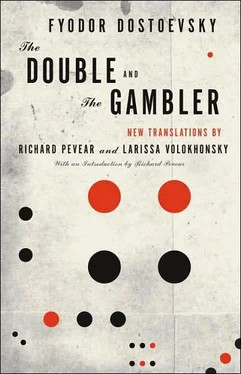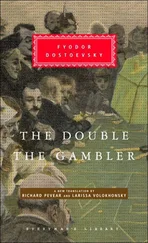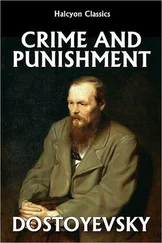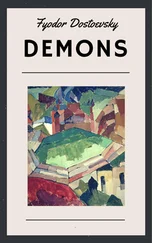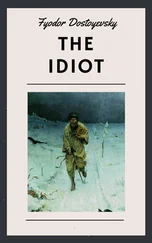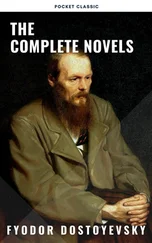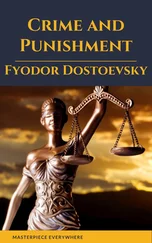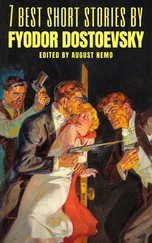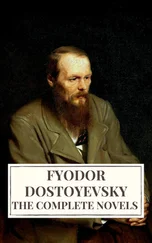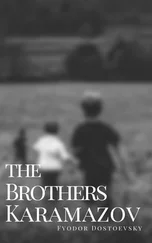Until 1870, the Papal States in central Italy were under the sovereignty of the pope of Rome and maintained their own embassies in other capitals.
L’Opinion nationale was a liberal French newspaper which condemned the policies of tsarist Russia in Poland.
The year of Napoleon’s invasion of Russia.
V. A. Perovsky (1795–1857), general and aide-de-camp, participated in the war against Napoleon in 1812 and was later made military governor of Orenburg.
Hoppe and Co. was a well-known banking firm of Amsterdam and London.
The rooster became the symbol of France because of the similarity of the Latin words for rooster ( gallus ) and Gaul ( Gallia ).
Germany was made up at that time of independent principalities or states, which were finally united only in 1871, after Bismarck’s defeat of the French. Dostoevsky probably drew his Roulettenburg from Wiesbaden, a spa he visited several times. Wiesbaden was a few miles from the border of the grand duchy of Hesse-Darmstadt.
Polina’s real name is evidently Praskovya, in which case Polina is an affectation (though there is a Russian name Polina).
Dostoevsky often refers ironically to this pair of words, which come from the prefatory note to Confessions , by Jean-Jacques Rousseau (see note 30 to The Double ): “Here is the only portrait of a man painted exactly from nature and in all its truth that exists and probably ever will exist.”
The French writer Paul de Kock (1794–1871) was the author of innumerable novels depicting petit bourgeois life, some of them considered risqué.
I. A. Balakirev was the court buffoon of the Russian empress Anna Ivanovna (1693–1740).
Sophie Armant Blanchard (1778–1819) was the wife of Jean-Pierre Blanchard (1753–1809), one of the first French aeronauts and inventor of the parachute, and took part in his aerostatic travels. She died in a fire on a hot-air balloon.
Blanche and Alexei Ivanovich repeat with one slight modification the opening repartee of Don Diègue and Don Roderigue (father and son) in Act 1, Scene 5 of Le Cid , by Pierre Corneille (1606–84). The young Dostoevsky had been an avid reader of Corneille, especially of Le Cid .
Blanche modifies the famous saying, Après moi le déluge (“After me the great flood”), attributed both to Louis XV and to his mistress, Mme de Pompadour.
The Château des Fleurs was a dance hall near the Champs-Elysées in Paris, which flourished under the reign of Louis Philippe and closed its doors in 1866.
The reference is to an anonymous erotic book, Thérèsephilosophe, ou Mémoire pour servir à l’histoire de D. Dirray et de Mlle Erodice la Haye (“Thérèse the Philosopher, or a Memoir Contributing to the History of D. Dirray and Mlle Erodice la Haye”), published in 1748.
The Kalmucks, or Kalmiks, are a Mongolian people settled between the Don and the Volga, and also in Siberia.
The Bal Mabille was, in 1813, a drinking spot in the fields around the Champs-Elysées, run by a former dancing master named Mabille. It had great success and grew to great proportions under Mabille’s sons. The dancer Rigolboche (Marguerite Badel) created the cancan there in 1845. The Bal disappeared in 1875.
The Palais Royal was originally the palace of Cardinal Richelieu (1585–1642). Before his death, he willed it to Louis XIII and his direct descendants, and in 1643 the widowed queen, Anne d’Autriche, moved to it from the Louvre with her two sons, Louis XIV and Philippe d’Orléans, aged five and three, thus making it the royal palace. In 1781–4, the central garden was surrounded on three sides by the present four-story structure, with 180 arcades on the ground floor containing some sixty shops, which were rented out to merchants.
The tragic poet Jean Racine (1639–99) is considered to have perfectly realized the ideal of French classical tragedy. In an early letter to his brother Mikhail, Dostoevsky passionately defended Racine against the sort of criticism Alexei Ivanovich offers here.
The statue of Apollo in the Vatican Museum, a Roman copy of a Greek original, was once considered the model of male sculptural beauty.
